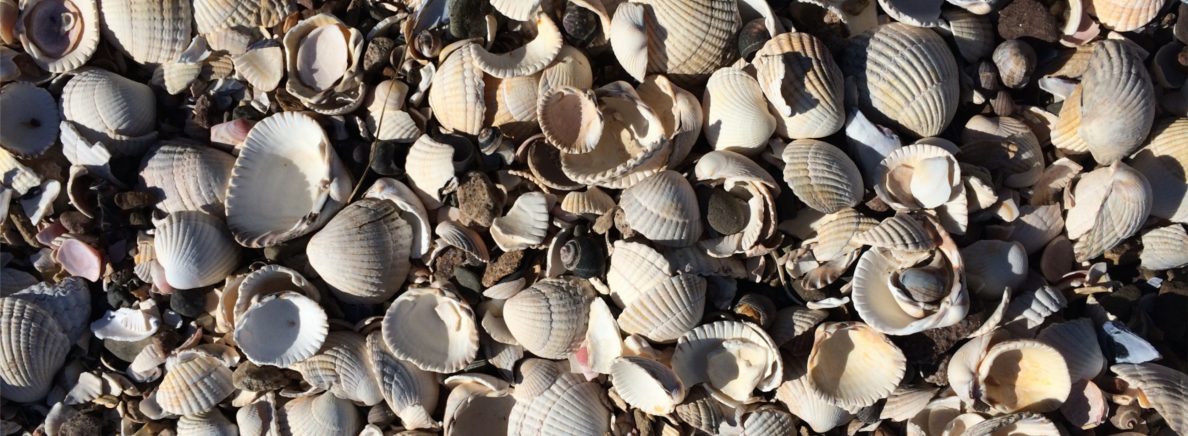Bonnie Prince Charlie and the Jacobites laid siege to Stirling Castle in January 1746. They didn’t make it beyond the drawbridge. In 2018, the Jacobites are back in the city, inside the castle … and made out of Lego.

We had a family trip to Stirling Castle this week to see a huge model depicting the history of the Jacobites. Made out of lego. The model is spectacular and contains more than one million bricks. There are over two thousand mini-figure soldiers. The lego Jacobites may have made it into Stirling Castle, but the real Jacobites never did. However, in January 1746, you would have seem a fair few thousand of them in the streets of Stirling.
I’m one of four Stirling Councillors who have the title “Bailie”. It is a civic role and Bailies assist the Provost in her duties throughout the year. The duties of a modern Bailie are ceremonial. In January 1746, it was more of a matter of life and death for Stirling’s Provost and his Bailies.
The Jacobites arrive in Stirling
Christmas 1745 would have been a nervous time for Stirling’s Provost. The Jacobites were retreating north from Derby, chased by the Duke of Cumberland. They were back in Scotland by 20th December and spent Christmas in Glasgow. On 2nd January, a letter arrived at the council offices. The Jacobites gave notice that they’d be at the town gates at 2pm on 6th January and they wanted in. Or else. The Provost and his Baillies met and agreed it best to open the gate, or “porte” which was located in what is now Stirling’s Port Street. At 2pm precisely, the gates opened and the Provost presented Charles with the key to the town and then got out the way as the troops entered. Major General Blakeney, in charge of the garrison at Stirling Castle, wasn’t quite so accommodating. He shut the castle doors, content to wait for Cumberland to arrive. The Jacobites spent the rest of January laying siege to the castle while enjoying the hospitality of the citizens of Stirling. The government forces in the castle no doubt watched the Jacobites setting up a cannon battery on the adjacent Gowan Hill. With the bedrock inches under the soil, digging in the cannon wasn’t quick and it wasn’t easy. In some regards it was nice of the Castle troops to let the Jacobites finish their work and fire one cannonball. Before they unleashed the many powerful cannon of their own and obliterated the Jacobite position within thirty minutes. The Earl of Mar was less impressed; that one cannonball flew over the castle and landed on his house at the top of Broad Street, destroying the roof. The building, Mar’s Wark, is still there today. It is still without a roof.
With Cumberland nearing the town, the Jacobites packed up and left at the start of February. Cumberland caught up with them on 16th April. At a wee place near Inverness called Culloden. Before they left Stirling, there was one final Jacobean incident that became part of Stirling’s history. The Jacobites took over the church at St Ninians as an armoury. Just before they left, their gunpowder caught light and the church was blown to pieces. Only the clock tower survived. It is still there today.
In 2015, there was a Community Archaeology Dig at St Ninians Old Kirk looking for evidence of the Jacobites visit. Here’s my podcast of the event:
The Jacobite departure initially caused the town council to breath a sigh of relief. But it was short lived. They realised they were going to have to explain to the victorious forces of George II why they’d been so accommodating to the King’s enemies. The minutes of a town council meeting on 10th February record ten pages of reasons in support of the town’s actions. The general gist of which boils down to a desire to avoid “streets strowed with the corpse of the inhabitants” and “the whole affects in the town become their plunder”. There then followed a few months of nervous diplomacy, brought to a head on 7th July when the town took out an advert in the London Gazette to publish a loyal address to the King. It had the desired effect and I would imagine the entire town breathed a sigh of relief.
Find out more
The letter sent by Bonnie Prince Charlie is kept in Stirling Council archives. The key the town council presented to him is on display at the Stirling Smith Art Gallery and Museum. On 2nd February, the lego Jacobite soldiers will depart Stirling exactly 272 years after the real Jacobite soldiers. The exhibition, made by Brick to the Past, is well worth a look while it is still in Stirling. There’s also a great blog post by one of the lego builders telling more about how the model was constructed. If you’d like to find out more about the Kirk at St Ninians, I can recommend the St Ninians Heritage Trail.
* The image at the top of the page is an 18th century depiction of the old kirk at St Ninians being blown up, as depicted on a lady’s fan of the time – it is from the collection of the Stirling Smith Art Gallery and Museum and on permanent display there.

